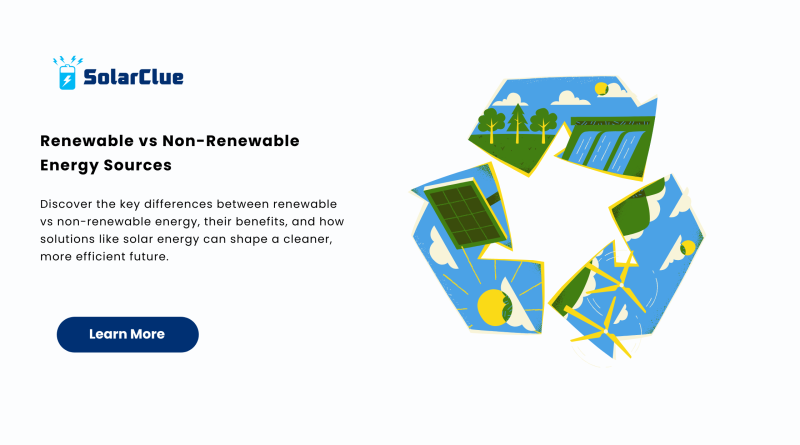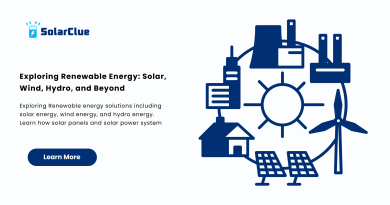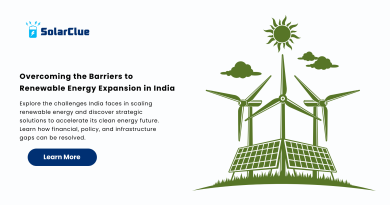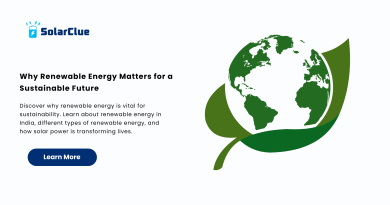Renewable vs Non-Renewable Energy Sources
Understanding the difference between renewable vs non-renewable energy is crucial in today’s rapidly evolving energy landscape. As climate change, sustainability goals, and environmental concerns gain momentum, individuals and organizations alike are seeking clarity on energy sources that power our world. This blog will dive deep into both types, examining their uses, impacts, and how transitions like solar power systems are helping us move toward clean energy.
Table of Contents
- 1 What Is Renewable Energy?
- 2 What Is Non-Renewable Energy?
- 3 Key Differences Between Renewable and Non-Renewable Energy
- 4 Why Shift Toward Renewable Energy?
- 5 The Rise of Solar Energy in India
- 6 Understanding Renewable Energy Efficiency
- 7 Challenges Facing Renewable Energy Adoption
- 8 Solutions and Innovations
- 9 Future of Energy: A Hybrid Model?
- 10 Taking Action: What You Can Do
- 11 Conclusion
- 12 FAQs
What Is Renewable Energy?
Renewable energy is derived from sources that naturally replenish over time. Unlike fossil fuels, these sources are abundant and environmentally friendly. Common types include:
Solar Energy
Sunlight is captured using solar panels or solar power systems to generate electricity or heat. The increasing adoption of solar energy has made it one of the most promising clean energy alternatives.
Wind Energy
Harnessing the power of wind via turbines to produce electricity, wind energy has minimal environmental impact and is scalable across different terrains.
Hydropower
Using flowing water to generate energy, hydropower is one of the oldest renewable methods still widely used today.
Geothermal and Biomass
Geothermal taps into Earth’s internal heat, while biomass relies on organic materials. Both offer unique ways to provide renewable energy with relatively low emissions.
What Is Non-Renewable Energy?
Non-renewable energy comes from finite sources that will eventually deplete. The most common types include:
Coal
A traditional energy source burned to generate electricity, coal releases significant greenhouse gases, contributing to pollution and climate change.
Oil and Natural Gas
Used for heating, electricity, and transportation, oil and natural gas are integral to current infrastructure but are unsustainable long term.
Nuclear Energy
Though it produces low carbon emissions, nuclear energy relies on uranium, a non-renewable resource, and carries waste disposal and safety concerns.
Key Differences Between Renewable and Non-Renewable Energy
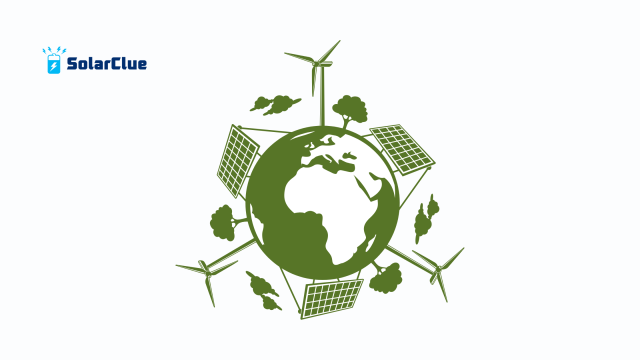
Availability
Renewable energy sources are replenished naturally, whereas non-renewable energy sources are finite.
Environmental Impact
Renewables emit little to no greenhouse gases. Non-renewables contribute heavily to air and water pollution.
Cost and Accessibility
While renewable energy options like solar energy had high upfront costs in the past, innovations and mass adoption have made them more accessible and affordable. Conversely, non-renewable energy prices fluctuate based on geopolitical and market conditions.
Why Shift Toward Renewable Energy?
The move toward clean energy is more than a trend—it’s a necessity. Here’s why:
Environmental Preservation
Switching to renewable energy drastically reduces carbon emissions and helps combat climate change.
Energy Independence
Nations can reduce their reliance on imported fuels by harnessing local renewable energy sources like solar power systems.
Technological Advancement
The evolution of solar efficiency and other renewable tech ensures better performance and greater savings over time.
The Rise of Solar Energy in India
India is witnessing a surge in solar energy adoption, with government incentives, falling equipment prices, and increased environmental awareness driving the momentum. Platforms like SolarClue offer access to advanced solar power systems suited for homes, businesses, and large-scale infrastructure.
Understanding Renewable Energy Efficiency
Renewable energy efficiency refers to how effectively a system converts natural resources into usable energy.
Factors Affecting Efficiency
- Technology used (e.g., solar panels with high solar efficiency ratings)
- Installation design
- Maintenance and upgrades
Solar Efficiency
Solar efficiency measures how much sunlight is converted into electricity. With advancements in photovoltaic cells, modern solar power systems can achieve impressive efficiency levels.
Challenges Facing Renewable Energy Adoption
While benefits are numerous, the transition isn’t without hurdles:
- Initial setup costs for systems like solar power systems
- Energy storage and intermittency (e.g., solar power only during the day)
- Infrastructure and policy support
Solutions and Innovations
New battery technologies, smart grids, and policy reforms are addressing many of these challenges, making renewable energy more viable than ever before.
Future of Energy: A Hybrid Model?
Experts believe the future will likely involve a mix of both energy types—until renewables can fully meet global demand, non-renewable energy will continue to play a role. However, the emphasis is clear: cleaner, smarter, sustainable energy is the goal.
Taking Action: What You Can Do
Whether it’s switching to solar energy at home or advocating for greener policies, individual actions matter. For those looking to install solar systems, blog.solarclue.com offers insightful guides and updates.
Conclusion
The difference between renewable vs non-renewable energy isn’t just technical—it’s a reflection of our priorities and our planet’s future. While non-renewable energy served us for centuries, the pivot to clean energy through solar energy, wind, and other renewables is vital for a sustainable tomorrow. Stay informed, make conscious energy choices, and explore how platforms like SolarClue are paving the way for an eco-friendly future.
Curious to explore solutions? Head over to blog.solarclue.com and transform your energy journey today!
FAQs
1. What is the primary difference between renewable and non-renewable energy?
Renewables regenerate naturally, while non-renewables are finite and polluting.
2. Is solar energy better than other renewable sources?
It depends on the location and use case, but solar energy is among the most accessible and scalable.
3. How efficient are solar power systems today?
Modern systems can achieve solar efficiency rates above 20%, depending on technology and conditions.
4. Are non-renewable energy sources still necessary?
Currently, yes—but the long-term goal is to reduce and replace them with sustainable options.
5. How can I start using renewable energy at home?
Installing a solar power system is a great first step. Visit SolarClue for options and support.

